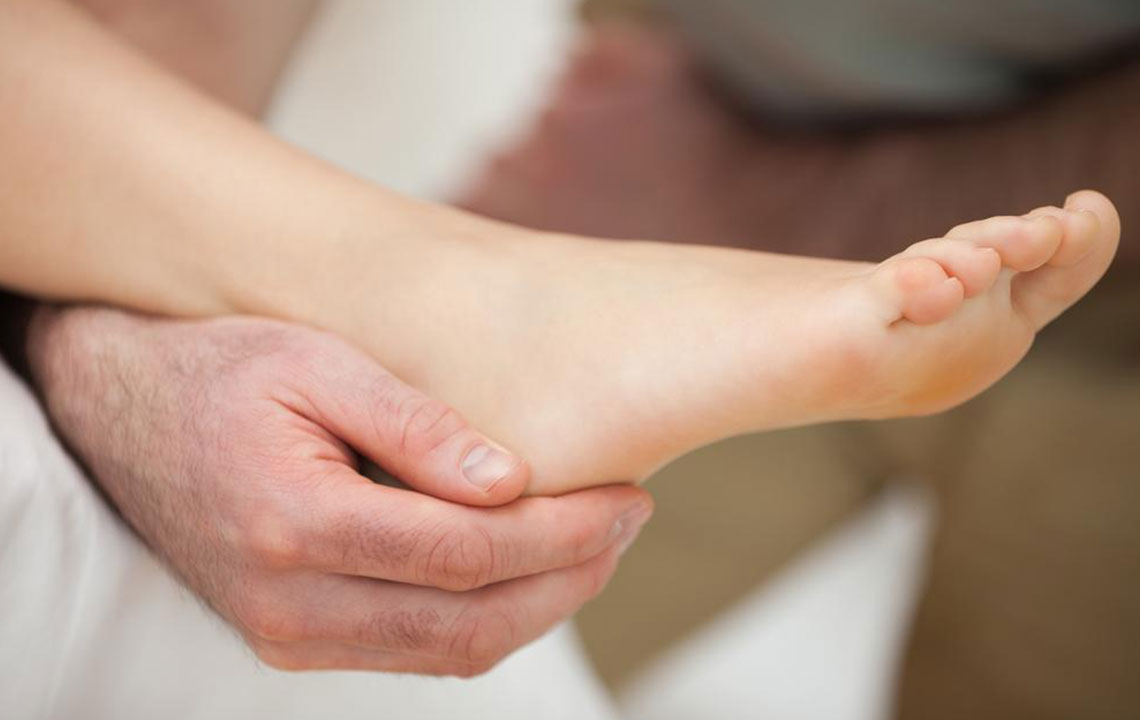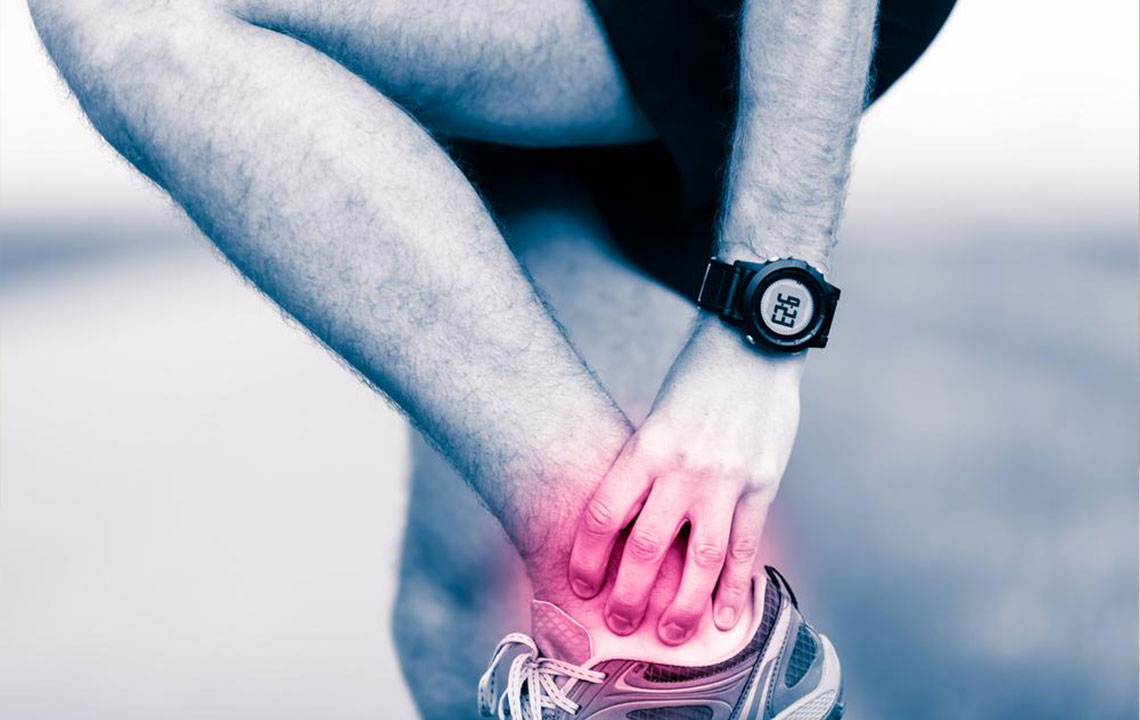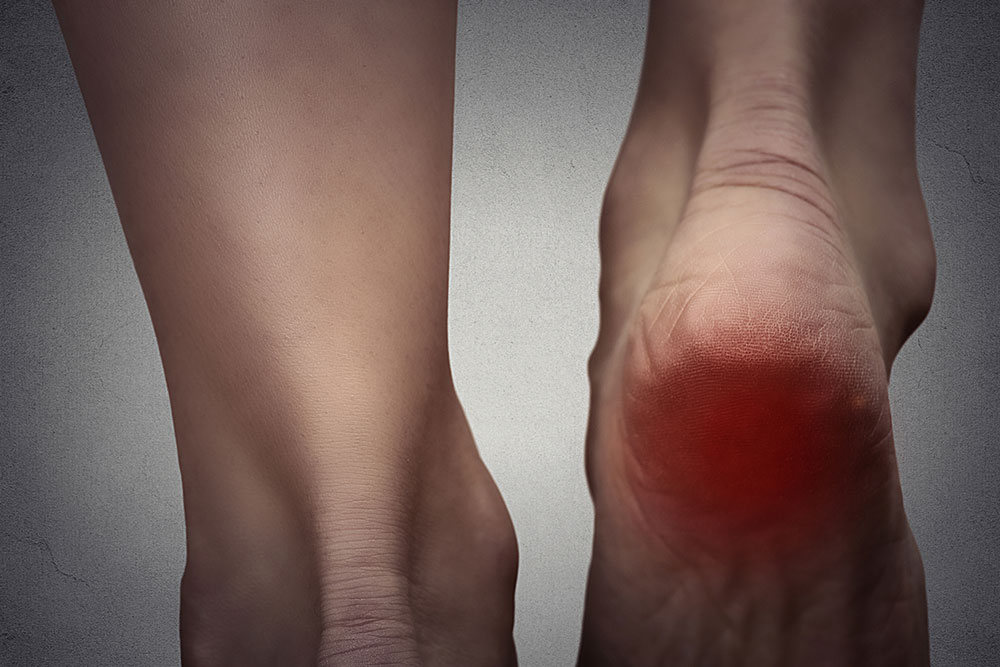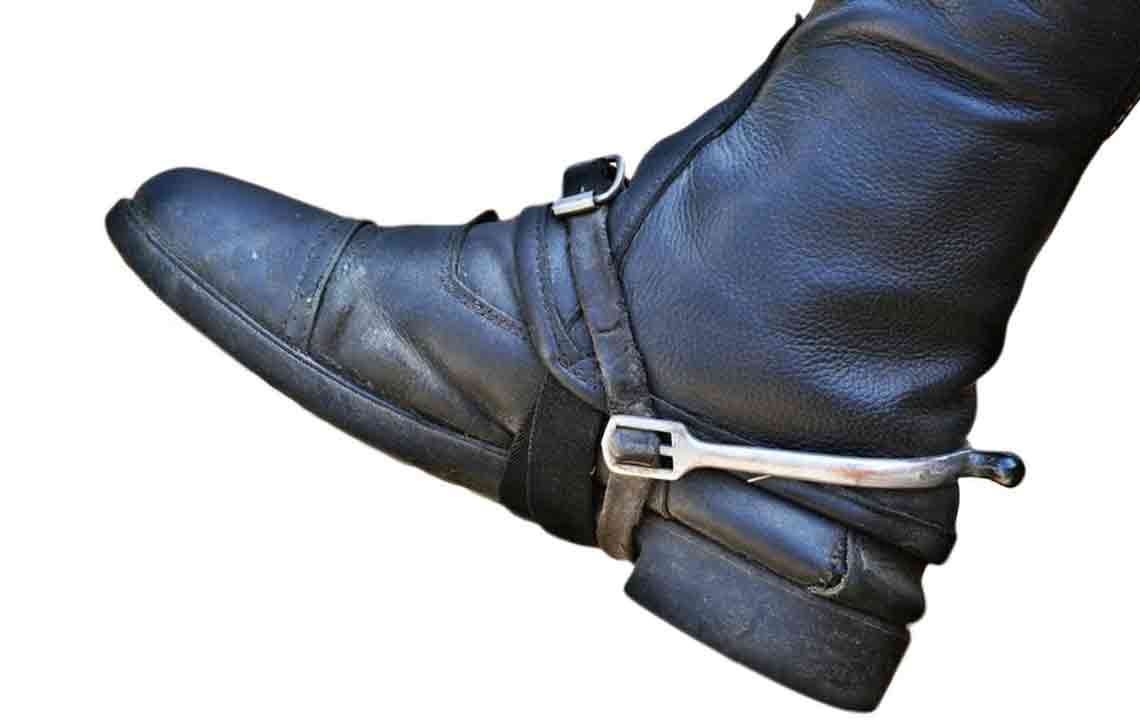Comprehensive Guide to Toe Discomfort: Causes, Symptoms, and Effective Remedies
This comprehensive article explores the common causes of toe discomfort, including injuries, deformities, gout, and nerve conditions. It offers detailed symptoms and practical home remedies, alongside professional treatment options like orthotics and surgery. Useful for those experiencing persistent toe pain, the guide emphasizes early diagnosis and proper footwear to prevent long-term issues. Whether related to sports injuries, arthritis, or structural deformities, the information aims to help readers understand and manage toe discomfort effectively, ensuring better foot health and mobility.
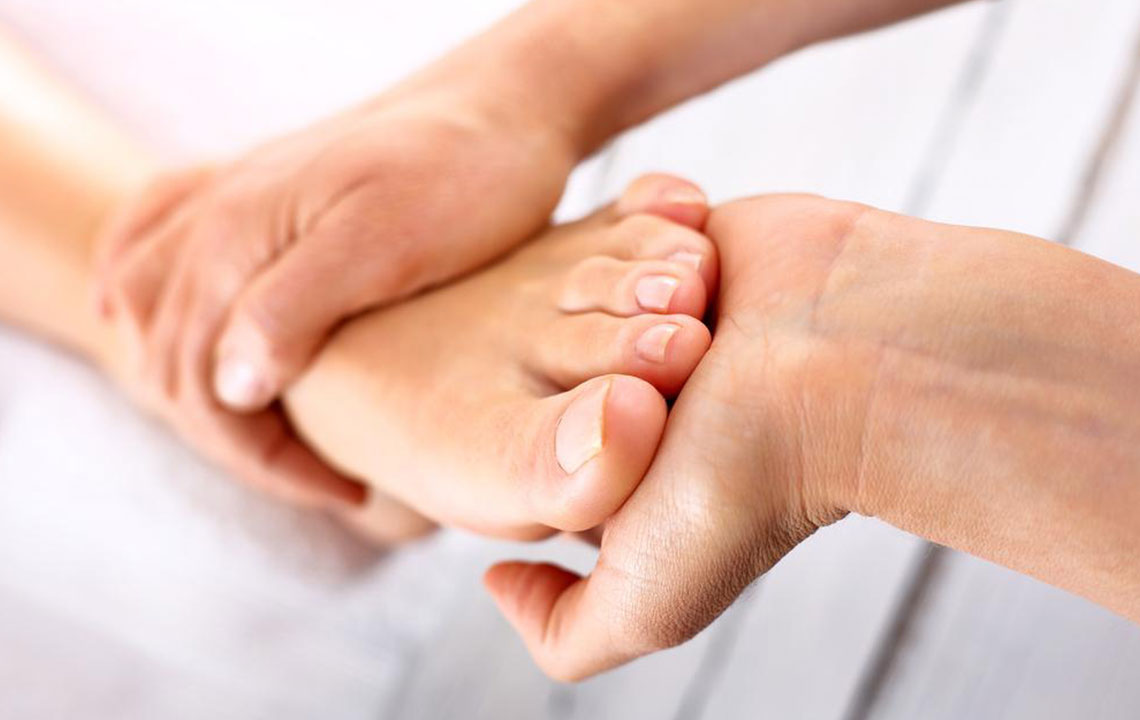
Comprehensive Guide to Toe Discomfort: Causes, Symptoms, and Effective Remedies
Discomfort or pain in the toes is a common issue that many people experience at various stages of life. The toes are small yet complex parts of the foot, containing multiple joints, muscles, and nerves. Due to their intricate structure and the significant role they play in balance and mobility, even minor injuries or underlying health problems can lead to significant discomfort. Recognizing the root cause of toe pain is essential for effective treatment and relief. This extensive guide delves into the most common causes of toe discomfort, detailed symptoms, and practical solutions to manage and alleviate pain, whether it is caused by injuries, deformities, or health conditions.
Understanding the Common Causes of Toe Discomfort
Discomfort in the toes can arise from a variety of factors, including traumatic injuries, chronic health conditions, biomechanical issues, or external influences such as footwear. Accurately identifying the underlying cause is crucial as it guides appropriate treatment strategies. Let's explore some of the prevalent causes of toe pain in more detail.
Injury-Related Toe Pain
One of the most straightforward causes of toe discomfort is direct trauma. This can include stubbing, dropping heavy objects, or accidents that cause bruising or fractures. For athletes, repetitive impact injuries are common, especially in sports requiring sudden directional changes or high-impact activities. These injuries often lead to localized pain, swelling, and tenderness. Rest, ice, compression, and elevation (R.I.C.E.) typically help in the initial stages of injury management. However, persistent pain or deformity may require medical intervention, including imaging studies and possibly surgical repair.
Gout and Inflammatory Conditions
Gout is a painful form of inflammatory arthritis resulting from excess uric acid in the bloodstream. Uric acid crystals tend to deposit in the small joints of the toes, especially the big toe, causing sudden, intense pain, redness, swelling, and warmth. Gout episodes often occur rapidly and require prompt treatment with anti-inflammatory medications. Managing uric acid levels through diet, medication, and lifestyle modifications is vital to prevent recurrent attacks.
Foot Deformities and Structural Abnormalities
Structural deformities are common contributors to toe pain and discomfort. Bony enlargements such as bunions develop when the big toe shifts inward, pressing against the second toe and causing a prominent bump on the foot's inner side. This deformity results in pain, difficulty fitting into shoes, and limitations in walking. Other deformities include hammer toes, claw toes, and mallet toes, each characterized by abnormal bending of toe joints, which leads to pain, callus formation, and difficulty walking. These deformities are often exacerbated by ill-fitting footwear, genetics, or biomechanical anomalies.
Sports and Activity-Related Injuries
Active individuals frequently encounter toe injuries such as turf toe or tennis toe. Turf toe occurs when the big toe hyperextends backward, overstretching or tearing ligaments beneath the toe joint. This injury is common in athletes who play on artificial turf. Tennis toe results from repetitive impacts at the front of the shoe, causing subungual hematomas (bleeding under the toenail), bruising, and pain. Proper footwear, stretching, and rest are essential in preventing and managing these injuries.
Infections and Nail Conditions
Ingrown toenails are a frequent source of toe pain, especially affecting the big toe. When nail edges grow into the surrounding skin, they cause pain, redness, swelling, and sometimes infections. Proper nail trimming, avoiding tight footwear, and seeking medical care for severe cases are important steps to prevent complications.
Neurological and Vascular Causes
Morton’s neuroma involves thickening of tissue around the nerves between the toes, leading to nerve compression. This condition causes sharp pain, numbness, or burning sensations between the toes, often worsened by wearing tight shoes. Additionally, vascular issues like poor circulation can cause toe numbness, coldness, or discoloration, leading to discomfort and possible tissue damage if left untreated.
Sesamoiditis and Arthritis
Sesamoid bones are small bones embedded beneath the big toe joint, aiding in toe movement and weight-bearing. Inflammation of these bones (sesamoiditis) causes localized pain, especially during walking or standing. Arthritis, particularly osteoarthritis affecting the toe joints, results in stiffness, swelling, and chronic pain that can reduce mobility and quality of life.
Other Less Common Causes
Other potential causes include blister formation from friction, fractures and dislocations, vascular deficiencies, and nerve conditions. Each of these conditions demands specific treatment approaches, emphasizing the importance of proper diagnosis by healthcare professionals.
Effective Strategies to Relieve Toe Pain
Once a precise diagnosis is established, various treatments and home remedies can provide relief from toe discomfort. Tailoring treatment to the specific cause ensures the best outcome. Below are comprehensive strategies to manage toe pain effectively:
Home Care and Immediate Relief Measures
Rest and Elevation: Rest your foot and elevate it to reduce swelling and inflammation.
Cold Therapy: Apply ice packs wrapped in a cloth to the affected toe for 10-15 minutes every hour or as needed to numb pain and decrease swelling. Avoid direct contact with ice for more than 10 minutes to prevent frostbite.
Warm Soaks: Use warm water or Epsom salt baths to relax muscles and reduce soreness. This is especially helpful for chronic conditions like arthritis.
Pain Relief: Over-the-counter anti-inflammatory medications such as ibuprofen or acetaminophen can help manage pain. Always consult a healthcare professional before medication use.
Foot Rest and Support: Use cushioned insoles or orthotics to alleviate pressure and improve foot alignment.
Addressing Structural and Deformity Issues
Correcting toe deformities often involves a combination of lifestyle changes and medical interventions. Strategies include:
Proper Footwear: Choose shoes with a wide toe box, good arch support, and adequate cushioning. Avoid tight, narrow, or high-heeled shoes that worsen deformities.
Stretching and Strengthening Exercises: Regular foot exercises can improve flexibility and reduce deforming forces. For example, toe stretching, toe curls, and marble pickups are beneficial.
Orthotic Devices: Custom orthotics may realign foot anatomy, reduce pressure points, and slow deformity progression.
Medical Procedures: Severe bunions or deformities may require surgical correction to realign bones, remove bony overgrowths, or repair tendons.
Managing Sports-Related Toe Injuries
Proper injury management includes:
Wound Care: Clean any cuts or bruises thoroughly. Use antiseptics to prevent infection.
Rest and Immobilization: Limit activity to prevent aggravating the injury.
Protective Footwear: Wear appropriate shoes or braces to prevent further injury.
Medical Attention: Persistent pain or suspected fractures require X-rays and possible immobilization or surgical intervention.
Addressing Nerve and Vascular Conditions
Conditions like Morton’s neuroma or vascular issues benefit from:
Medications: Corticosteroid injections or nerve-blocking agents can reduce nerve inflammation and pain.
Orthotics and Shoe Modifications: Wide footwear and padding can alleviate nerve compression.
Surgical Options: Severing or decompressing affected nerves may be necessary in severe cases.
Circulatory Improvement: Managing underlying vascular conditions through lifestyle modifications, medications, or surgeries helps restore healthy circulation.
Long-Term Management and Prevention
Preventing toe discomfort involves adopting healthy habits:
Proper Footwear: Always choose well-fitting shoes suitable for your activity and foot shape.
Regular Foot Exercises: Maintain foot strength and flexibility through daily stretches.
Weight Management: Maintaining a healthy weight reduces stress on toes and joints.
Routine Foot Care: Trim nails carefully, avoid walking barefoot on rough surfaces, and monitor for early signs of deformities or infections.
Seeking Medical Advice: Regular check-ups can catch developing issues early, preventing more severe problems later.
In conclusion, toe discomfort can significantly impact daily life, but with proper awareness, early diagnosis, and tailored treatment strategies, most causes are manageable. Whether it’s an injury, a deformity, or an underlying health issue, understanding the root cause is the first step toward effective relief and long-term foot health.
